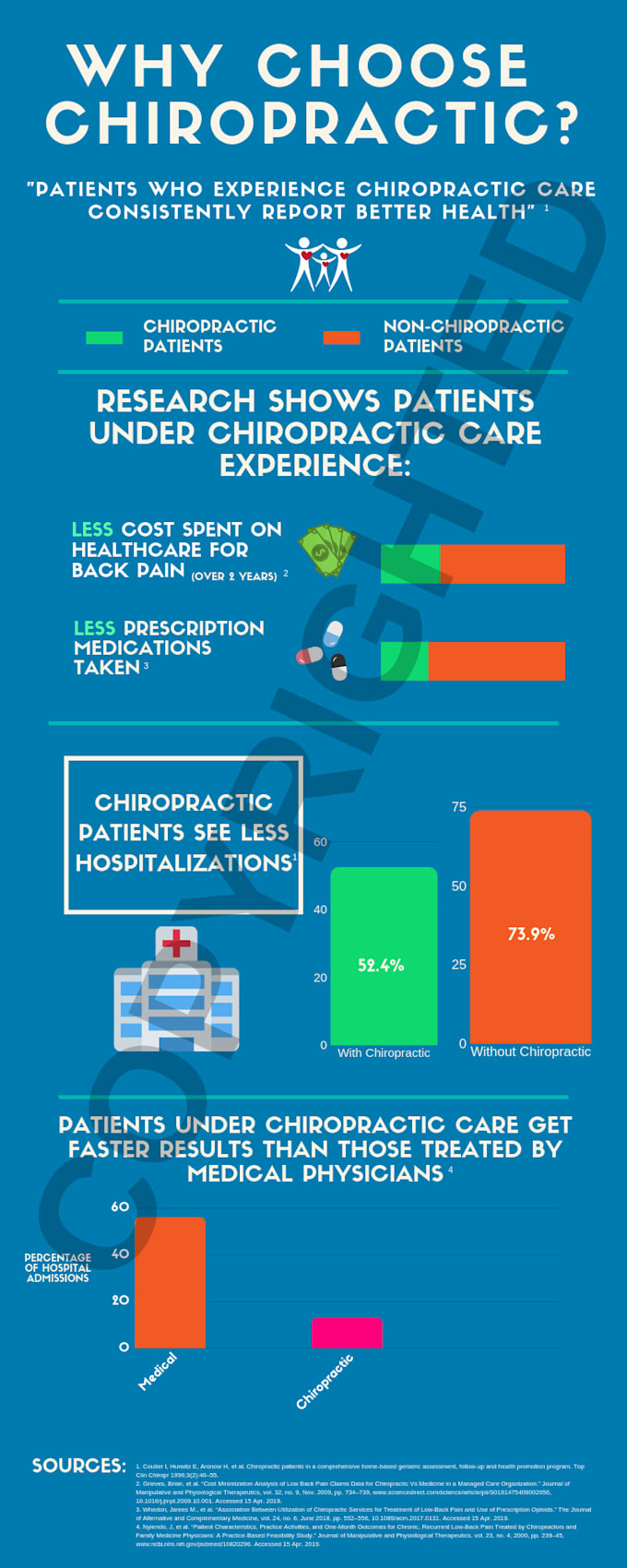The Partnership Between Pain In The Back And Your Wellness: Typical Conditions And Their Signs And Symptoms
The Partnership Between Pain In The Back And Your Wellness: Typical Conditions And Their Signs And Symptoms
Blog Article
Developed By-Cannon Jensen
If you're experiencing back pain, your body might be attempting to inform you something greater than simply discomfort. The method your back feels can give useful ideas about your total health. Understanding the particular sort of pain you're feeling and any type of accompanying signs and symptoms is vital to unraveling the mystery behind your discomfort. Allow's explore the common problems and signs connected with different types of back pain to clarify what your body may be signaling.
Types of Back Pain
When it concerns neck and back pain, there are different kinds that you might experience. One typical type is muscle mass discomfort, commonly triggered by overuse, pressure, or injury to the muscle mass and tendons supporting the spine. weblink of discomfort can range from mild pain to serious and debilitating discomfort.
Another kind is nerve pain, which can result from conditions like herniated discs or sciatic nerve pain. Nerve pain typically presents as a sharp, shooting experience that emits down the leg.
Joint discomfort in the back can originate from problems like arthritis or sacroiliac joint dysfunction. This type of discomfort is generally felt in the lower back and can be intensified by particular movements.
Furthermore, pain in the back can be related to structural issues such as spine stenosis or vertebral cracks. Understanding the kind of neck and back pain you're experiencing is essential in establishing the appropriate therapy and monitoring methods.
Common Symptoms to Watch For
Moving past the various kinds of pain in the back, it is very important to acknowledge the common signs that can signal underlying concerns.
Persistent pain in the back that worsens with movement or during the night could suggest an extra severe problem. Tingling or tingling in the legs or feet, especially when accompanied by weak point, could point to a nerve-related issue. If you experience abrupt weight loss in addition to pain in the back, it could be an indication of a more systemic problem.
Pay attention to any adjustments in bladder or bowel feature, as this could be linked to spine compression. Fever, chills, or evening sweats in conjunction with pain in the back may indicate an infection. Watch out for discomfort that emits down one or both legs, possibly a measure of sciatic nerve pain.
Health Issues Linked to Neck And Back Pain
If you deal with pain in the back, it's essential to recognize the prospective health and wellness problems connected to this pain. Neck and back pain can be a symptom of different underlying issues, including muscular tissue stress, herniated discs, osteo arthritis, back stenosis, and also conditions like kidney stones or infections.
Muscular tissue pressures prevail and often result from lifting heavy items or sudden motions.
Herniated discs happen when the soft cells between vertebrae protrudes, creating nerve irritability.
Osteo arthritis, a degenerative joint illness, can result in back pain as cartilage wears down.
Spinal stenosis, the narrowing of the spine canal, can put pressure on nerves.
Kidney stones might trigger intense back pain if they move into the urinary system tract.
Infections like back osteomyelitis can likewise manifest as back pain. Recognizing these possible health problems can assist you look for suitable medical care and management for your neck and back pain.
how to help back pain , next time your back hurts, take notice of the kind of pain and coming with signs. It could be a signal from your body regarding underlying wellness conditions like muscle stress, nerve issues, joint troubles, and even structural issues. By identifying these indicators, you can take proactive steps to deal with the origin of your pain in the back and boost your overall health and health.
